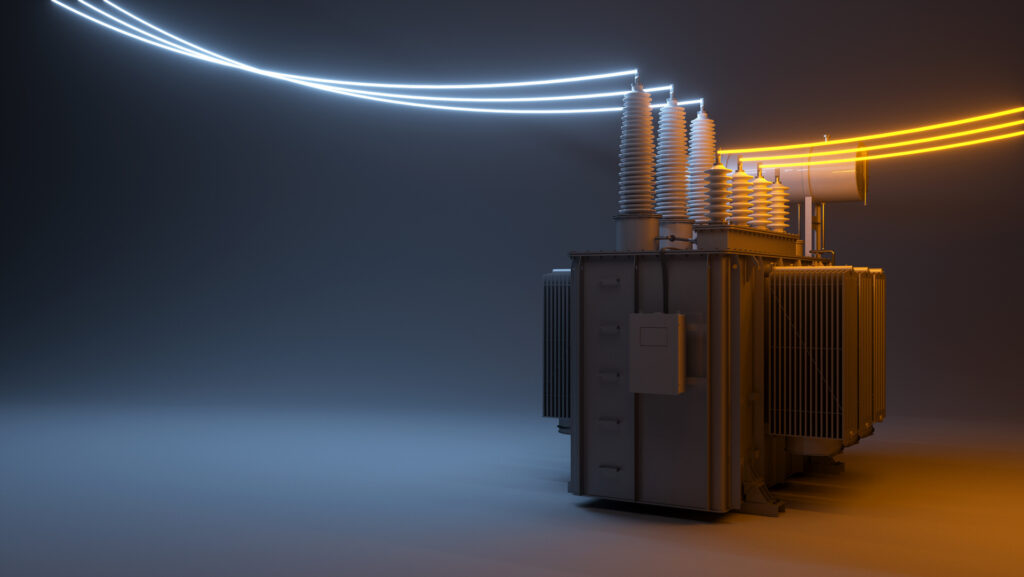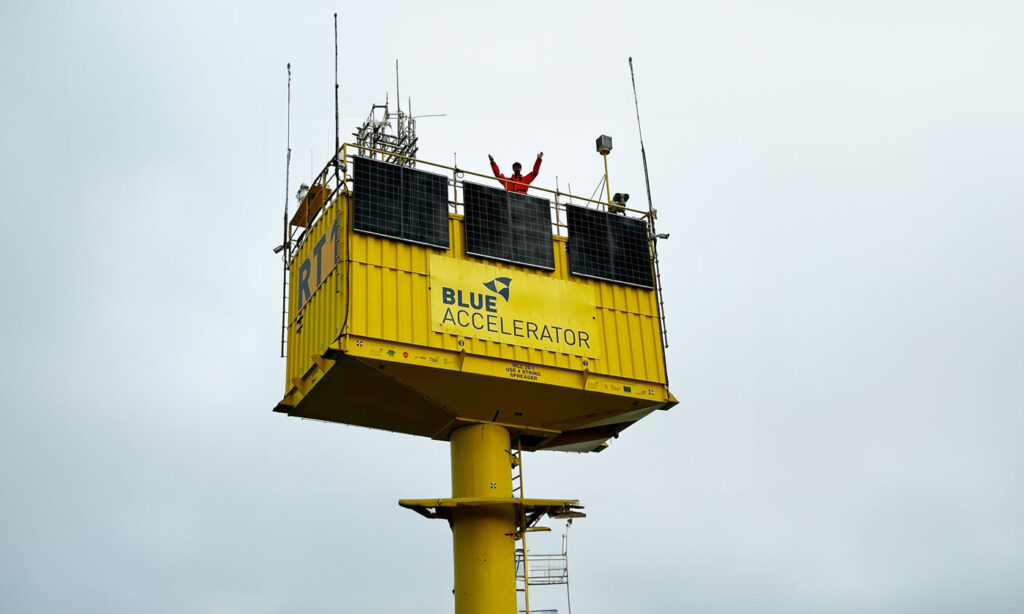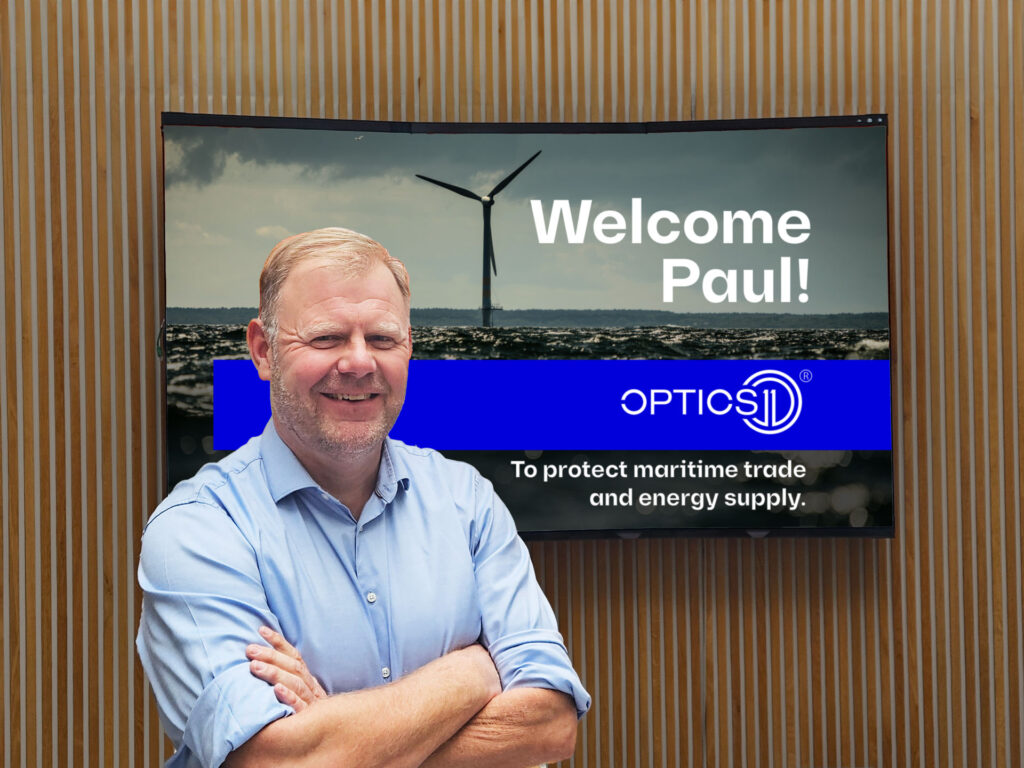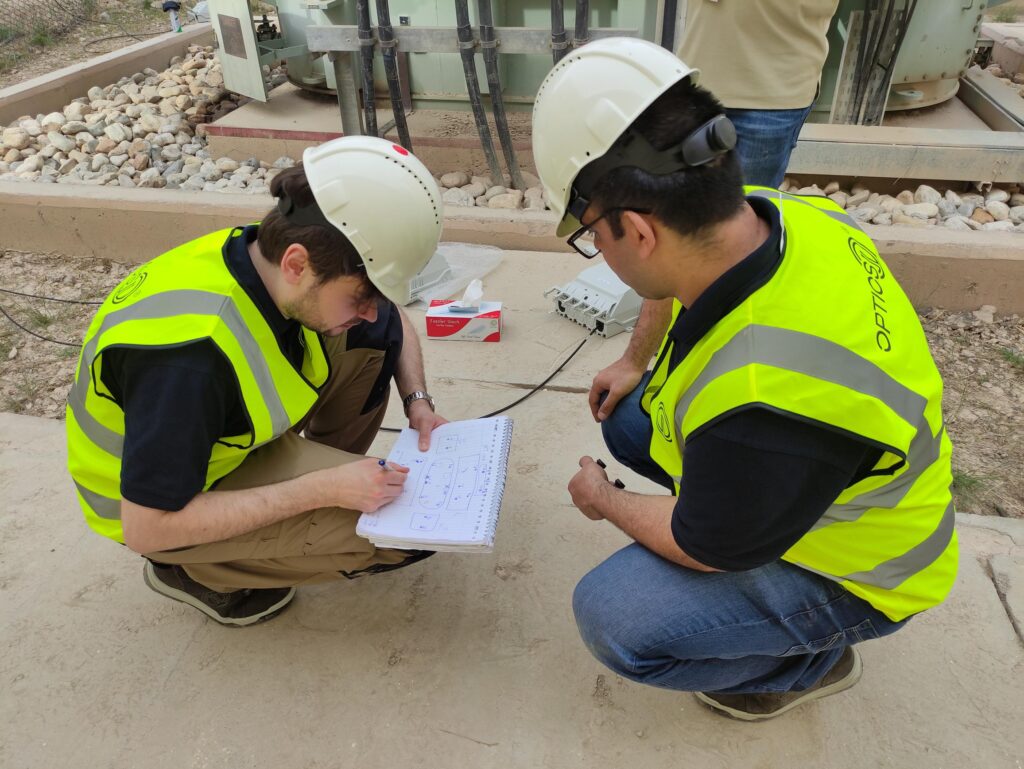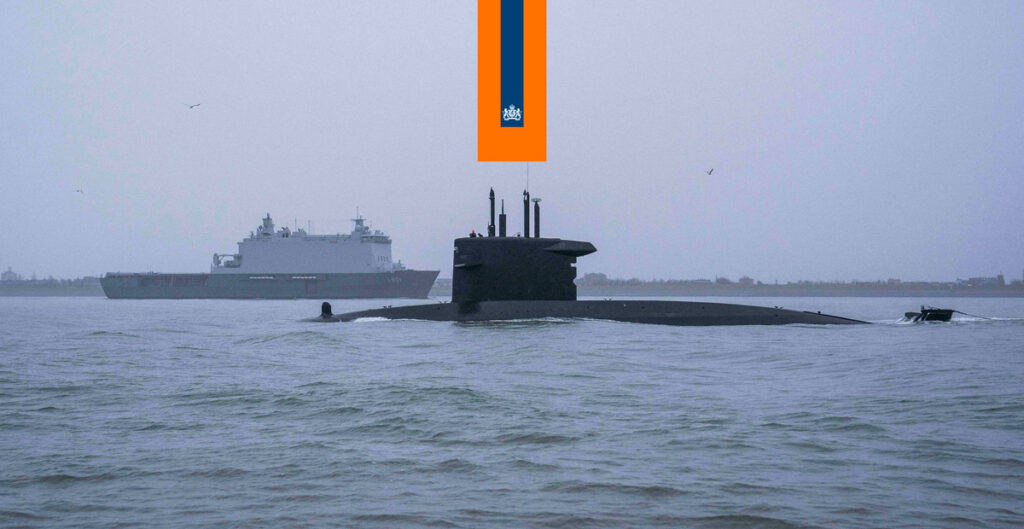As reported in recent news, the Dutch cabinet is considering the reinforcement of the defense role in protecting the North Sea’s vital infrastructure. This move, driven by the increasing recognition of potential threats to offshore resources such as cables, pipelines, and wind farms, is indeed a step in the right direction.
The vulnerability of these infrastructures was brought into sharp focus following the submarine explosions at the Nord Stream gas pipelines last year. The incident underscores the need for enhanced surveillance and protection mechanisms to ensure the integrity of our offshore assets.
At OPTICS11, we applaud the government’s proactive approach in this regard. The Ministry of Defense’s plan to invest in intelligence, surveillance, and reconnaissance capacity, along with the renewal of equipment including new submarines and anti-submarine warfare frigates, is commendable. These efforts align perfectly with our mission at OPTICS11 – to transform data into action, enabling informed, data-driven decisions that drive progress and improve the world around us.
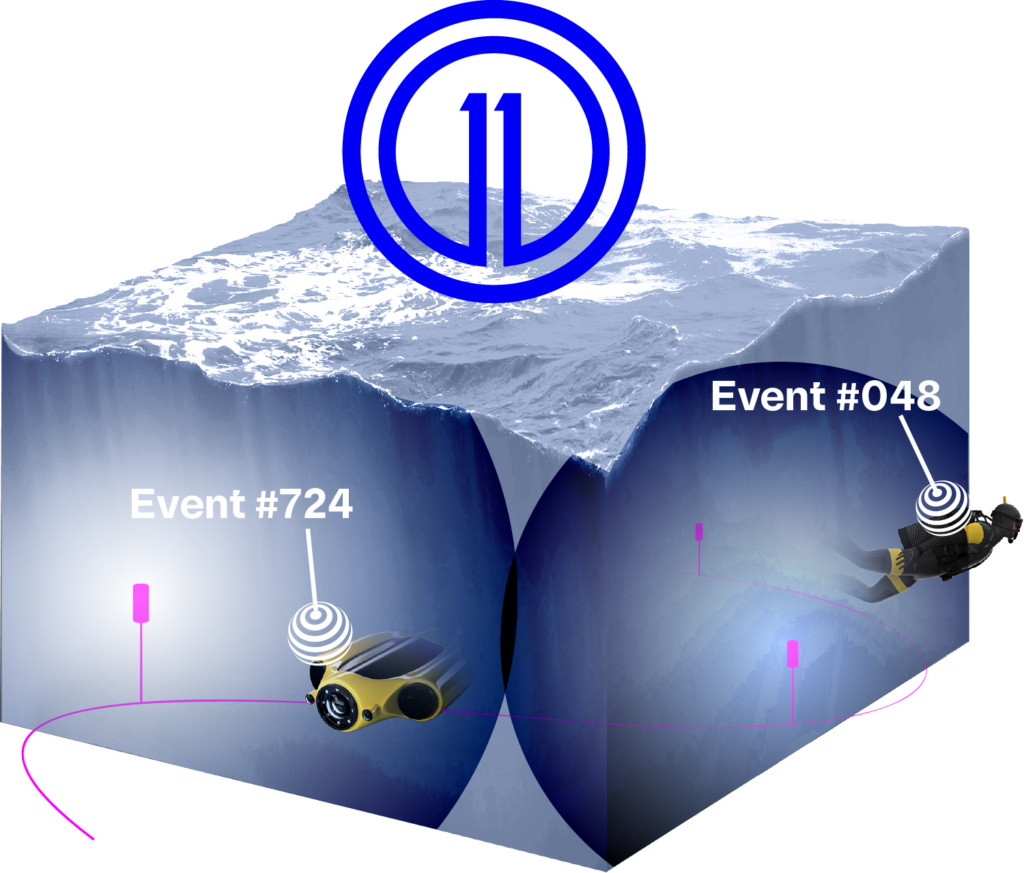
Our cutting-edge fiber optic sensing systems are designed to enhance the detection, monitoring, and early warning of potential threats. They are particularly suited for underwater applications, providing unmatched precision in challenging environments. Not only can these technologies be used in anti-submarine warfare, but they can also be deployed for structural health monitoring (SHM) of critical offshore infrastructure, ensuring their safety and longevity.
We believe that the private sector, which owns much of the North Sea’s infrastructure, has a significant role to play in safeguarding these assets. Collaborations between defense bodies, private corporations, and research organizations can accelerate the development and deployment of advanced protective solutions.
International cooperation is also crucial. The joint efforts of the EU and NATO, along with North Sea neighboring countries, can significantly enhance the resilience of our vital infrastructure. We look forward to the upcoming ministerial meeting of the Joint Expeditionary Force (JEF) in the Netherlands, where these critical topics will be high on the agenda.
In conclusion, the proposed measures by the Ministry of Defense reflect a growing recognition of the importance of securing our offshore resources. As a leading global supplier of fiber optic sensing systems, OPTICS11 is ready and eager to contribute to these efforts. We look forward to continuing our work with the defense industry and our partners in making the North Sea a safer place for all.
Dutch Ministry of Defense: https://www.defensie.nl/actueel/nieuws/2023/05/16/kabinet-onderzoekt-taak-voor-defensie-bij-bescherming-infrastructuur-noordzee


